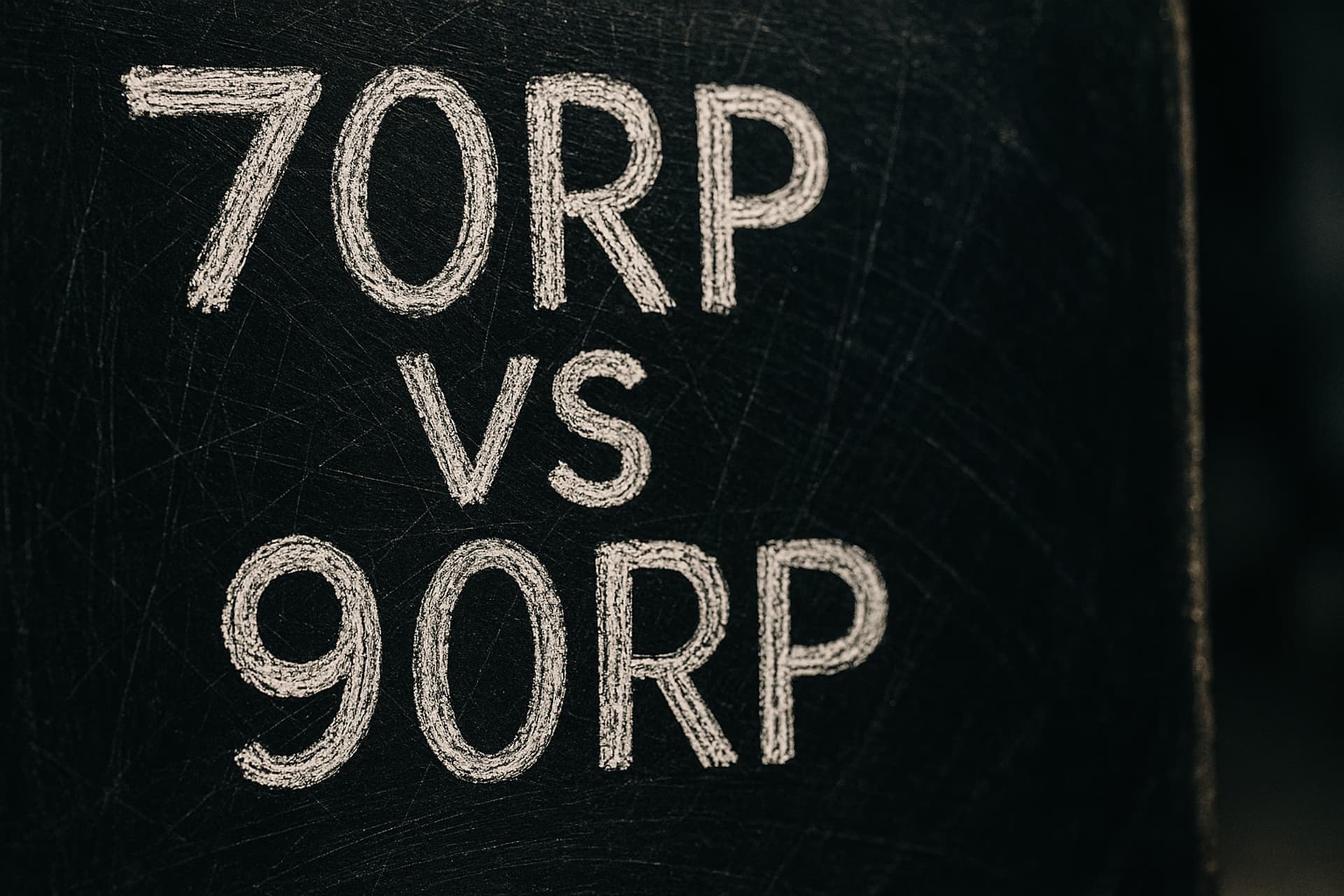O-Level Chemistry Salt Preparation Playbook (Paper 3)
Download printable cheat-sheet (CC-BY 4.0)04 Nov 2025, 00:00 Z
A
Reviewed by
Azmi·Senior Chemistry Specialist
Want small-group support? Browse our IP Chemistry Tuition hub.
TL;DR
Salt preparation remains a core Paper 3 experiment family in the 2026 SEAB Chemistry syllabus, covering both soluble crystal growth and insoluble precipitate routes.
Planning marks depend on identifying reagents, control variables, and safe heating/drying steps, while MMO and PDO hinge on disciplined filtration, washing, and yield recording.
ACE commentary should compare theoretical versus actual yield, flag contamination risks, and cite refinements aligned with SEAB's apparatus and reagent expectations.
Sync With the Experiments Hub
Cross-reference each salt-prep drill with the O-Level Chemistry Experiments hub so your crystal workflows stay aligned with the titration, qualitative analysis, and rate investigations you’re already revising.
1 | Salt preparation in the 2026 syllabus
- SEAB lists salt preparation as one of the Paper 3 practical techniques, expecting candidates to execute workflows such as acid–base reactions, excess-solid methods, and precipitation of insoluble salts (SEAB 2026 syllabus, p. 27).
- Planning, MMO, PDO, and ACE outcomes are assessed holistically, so every write-up should highlight apparatus choice, mass/volume accuracy, and realistic improvements (SEAB 2026 syllabus, pp. 25 – 26).
- The recommended apparatus list includes filter funnels, measuring cylinders (10/25/50/100 cm³), beakers (100 cm³ and 250 cm³), crucibles with lids, and balances accurate to 0.01 g—tools you must reference in your plan (SEAB 2026 syllabus, p. 28).
2 | Planning templates for soluble salts
- Aim & balanced equation. Example: “Prepare pure copper(II) sulfate crystals by reacting dilute sulfuric acid with excess copper(II) oxide.”
- Variable control. Fixed acid concentration/volume, mass of excess solid, heating temperature, cooling time. Mention safety controls (goggles, heat-proof mat) and glassware checks.
- Method outline.
- Warm the acid gently in a 250 cm³ beaker using a Bunsen burner and tripod (no boiling).
- Add the oxide/carbonate in small portions while stirring with a glass rod until no further reaction occurs.
- Filter the mixture using a filter funnel and paper into a clean conical flask to remove unreacted solid.
- Concentrate the filtrate by heating to reduce volume by roughly half, then allow it to cool and crystallise.




